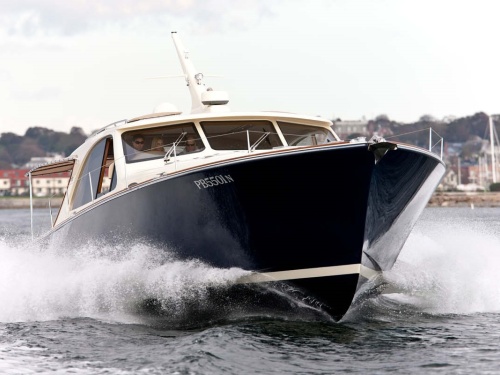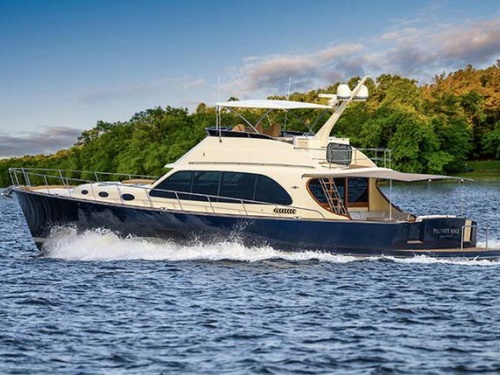Access More Boat Tests
Already have an account? Login
By submitting this form, you acknowledge that you have read and agree with the Privacy Policy & Terms of Use of BoatTEST.com.
Palm Beach 50 Fly (2019-)
2 x 435-hp Volvo Penta IPS600
Price
See the price by becoming
a BoatTEST member.
Members Must Log In
Brief Summary
The Palm Beach 50 Fly has the classic good looks of a Downeast style coastal cruiser with luxurious solid teak interior and decks, and a particular emphasis on performance. The flybridge version allows operators to get outside while underway and also expands entertainment space with a topside table and settees.

